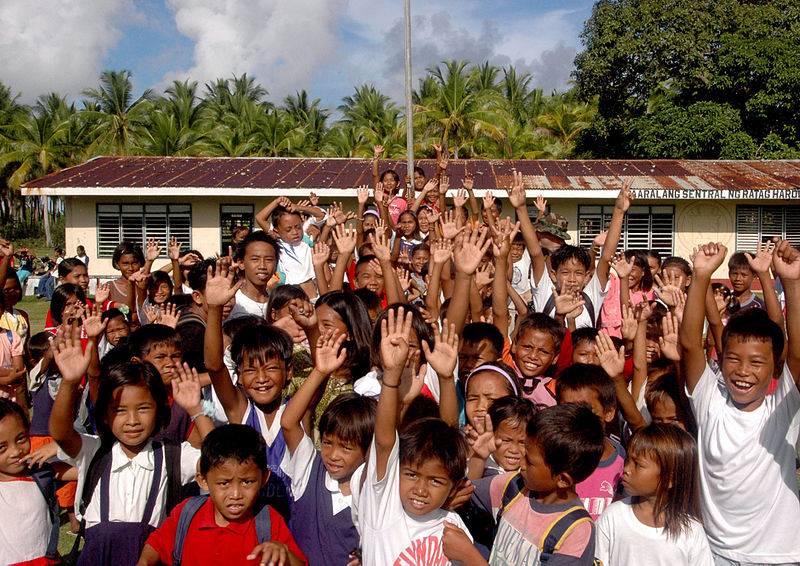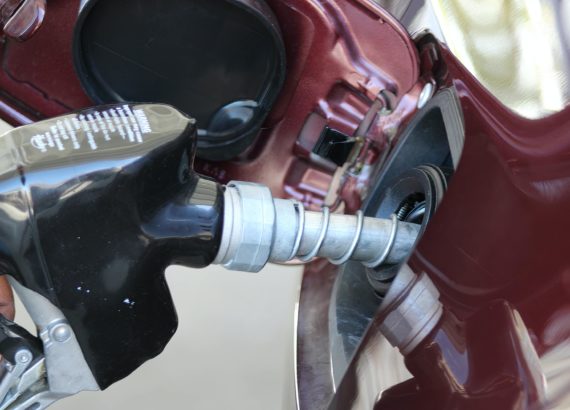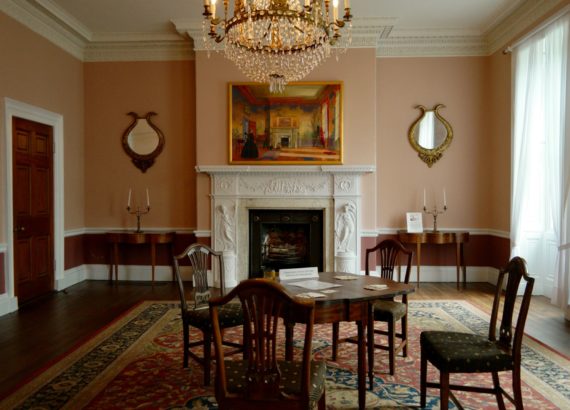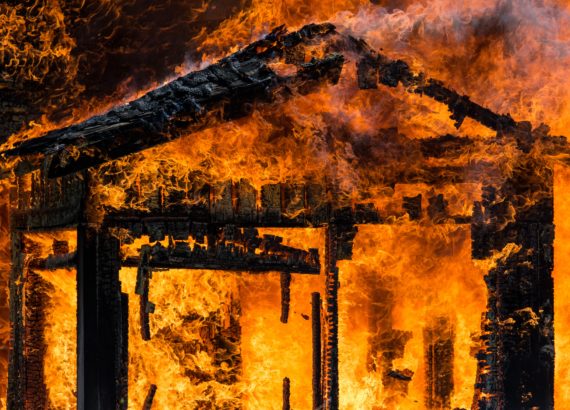The State of Public School Education in the Philippines
The state of Public School Education in the Philippines has long been identified as deteriorating. From an educational system that produced many brilliant minds, public schools in the Philippines now suffer the reputation of substandard education and jam-packed classrooms not conducive to learning. The government is primarily responsible for the upkeep of these schools. Are there measures being done to address these concerns?

Image: commonswikimedia
History of Philippine Education
Even before the Spanish came to the Philippines, early Filipinos already had an existing educational system although it did not have a clear structure. Nevertheless, the Spaniards acknowledged the fact that the literacy rate among Filipinos at that time was already high. This is specifically in relation to the country’s own indigenous system.
Spanish missionary teachers practically took over the job of existing tribal teachers as formal education focusing mainly on the religious aspect was instituted. Parochial schools were established all over the country to teach catechism, reading, and writing. Although there was a decree that mandated free primary education in every town, basic education was not deemed sufficient due to lack in school buildings and equipment as well as strict friar control over teachers and schools as a whole. Education under Spanish rule left a legacy through private educational institutions such as University of Santo Tomas and Colegio de San Juan de Letran, among many.
History of Public School Education in the Philippines
Under American rule, Filipinos were introduced to the free secular public school system fashioned after the educational system in the US. The public school system was established in 1901 under Act No. 74. One thousand American teachers called the Thomasites came to teach the Filipinos while teachers were being trained in the Normal School. The training in English language and literature, geography, mathematics, principles of education, teaching methods, and educational psychology led to the so-called Americanization of the country with subjects pertaining to the study of US history and values incorporated in the curriculum.
Many Filipinos still preferred a Catholic private education thus Catholic schools continued to flourish. At that time, the elite already preferred the private educational system which is not very different from the existing scenario. Public schools however produced many brilliant minded Filipinos who helped shaped the country’s history. This was the time that studying in public schools was not considered “inferior” to studying in private schools.
Public School Education in the Philippines Today
Sadly, developing brilliant minds among students studying in public schools today has become more difficult, if not almost impossible. For the purposes of this article, our reference to public schools will not include the “prestigious” specialized public schools such as the Science High Schools where even the moneyed lot fight to be accepted in. The usual picture of a public school is an educational institution beset with the perennial problems of poor and lacking facilities, large class sizes, and an over-all deteriorating quality of education.
It doesn’t help at all that many middle-class families have no choice but to transfer their children to public schools as it has become more financially difficult to support private school education. Many excellent public school teachers are also being lured to transfer to higher paying jobs because of economic realities. The existing system is not able to produce a conducive environment that encourages real learning to give students the desired competitive edge.
My Say
The quality of education which a person has access to, will determine the level of his educational capabilities and his career opportunities as well. The responsibility of the Philippine government to provide ways of accessing quality education exists and it will be naive of me to say that it can wave a magic wand to make everything right. I am just thinking if the public school system can produce quality schools such as the University of the Philippines and Philippine Science High School, is it such an impossibility to extend the same benefit to other public educational institutions?













traveling morion
My wife is public school teacher and I still believe in total reform and improvement in our educational system. Education must be the priority of any government or administration- A good article Mam Teresa, I will show this to my wife. thanks
Teresa Martinez
Thanks Jeffrey. We should all hope that the desired reforms will come very soon.
- Justin -
coming from a public school, although there are poor things about it such as the system itself, the environment will let you learn to understand and communicate with various kinds of people.. and by the end of the day, I still prefer public schools because the competition is very stiff just like in real life.. 🙂
papaleng (@papaleng)
Today’s public school system is going down the drain for mainly one reason: and that is… the ratio between teachers to students is extreme going out of proportion. I once taught in a public national high school and I’ve experience teaching under a mango tree with over a hundred students. Gosh.
Teresa Martinez
With an environment like that, it is really asking too much from our students to excel. We need to find the solution to this problem.
Sumi Go | The Purple Doll
Sorry for being so direct, but this is actually why I don’t like the K-12 program in the Philippines. Instead of extending the years of education, why not focus more on the quality of education? There are a lot of aspects that still need to be improved. *sigh*
Teresa Martinez
Same here. After several talks conducted in schools about the advantage of the K-12 Program, I’m sorry that I still don’t see the advantage. The problem is the quality or the lack of it in the education being provided and not in the length of staying in school beyond what is necessary.
Wanderer Juan
My parents used to say that public education was so much better during their time. It’s sad that unless a student is really smart or well-off they won’t have access to opportunities. But even the brightest students from the lower socio-economic levels don’t even get a chance to take advantage of opportunities. Something has to be done about this.
Teresa Martinez
My parents also said the same thing thus it is such a shame to just let everything go down the drain when there used to be glory days for the public school system.
marri
This is truly a sad reality in our educational system and the quality of education in particular. I came from public schools both in primary and secondary but I believe that there’s a big difference in the method of teaching back then compared now. There’s also a great digression in the attitude of today’s generation of students because they are exposed to gadgets and highly advanced recreational activities… thus affecting their study habits even if they are enrolled either in private or public schools.
If only our government is serious enough in resolving issues regarding the teachers’ compensation and benefits, construction of more classrooms, enhancement of class curriculum and extensive training for teachers but it’s easier said than done… this problem is like a dreaded disease that has no cure as of the moment.
Teresa Martinez
This problem with regards to deteriorating standard of education is a result of so many combined factors that can only be addressed by no-nonsense implementation of programs for teachers by government agencies tasked to oversee this and of course the provision of the required budget for conducive learning environment.
itsberyllicious
that is why i really wish the government would focus much to education projects and development here in the Philippines. Once the children have access to better education, I think everything good will follow. It may sound cliche but the country would definitely be a better place 🙂
Teresa Martinez
I have always believed that education holds the key to personal development and national progress but it has to be of quality to do one and our country any good.
naizingi
I also came from a public school but the thing is, I think our school has like few students in each classroom which made the learning more conducive. But right now, with the situation of our public schools here in our country, it’s not healthy anymore and I’m sad about it. Hopefully, they can do something about this like building more classrooms since our government has an allocated budget for it, provide more books and if possible, school supplies for the students for them to spend less. My sister has been giving school supplies for those who live far in the city and she has done it last year.
I do hope in the future, we can see public schools with better facilities, better teacher to student ratio in every classroom and sufficient budget whenever they need something. It can be improvement of the facilities or add more classrooms. 😀
Teresa Martinez
Government and the private sector seem to be making some moves with regards to building more schools and classrooms but we are quite far off from the time where we can say we have enough.Quality cannot be overemphasized over quantity though even in our situation where ensuring that children are in school is already a problem in itself.
franckxethee
I think more than looking for quality schools is creating quality students. Some people do succeed with effort and proper guidance though school environment is also a factor.
Teresa Martinez
That is actually a chicken-and-egg question. Is it possible to create quality students without corresponding quality in schools? Although there will always be exceptions and there will be students who will succeed in spite of a less-than-ideal environment, proper guidance from a school environment is only possible in the so-called quality schools.Quality is not only about academics, it is about the holistic development of children.
Yamito Uytingco Calamba
This is truly a sad fact. And even depressing to know that those areas affected the typhoons can barely get classrooms and chairs for students this coming school year.
Teresa Martinez
Yes, that is true. People who have the capability to offer assistance especially in facilitating the education of children especially in depressed areas must do more. It no longer depends solely on the government.